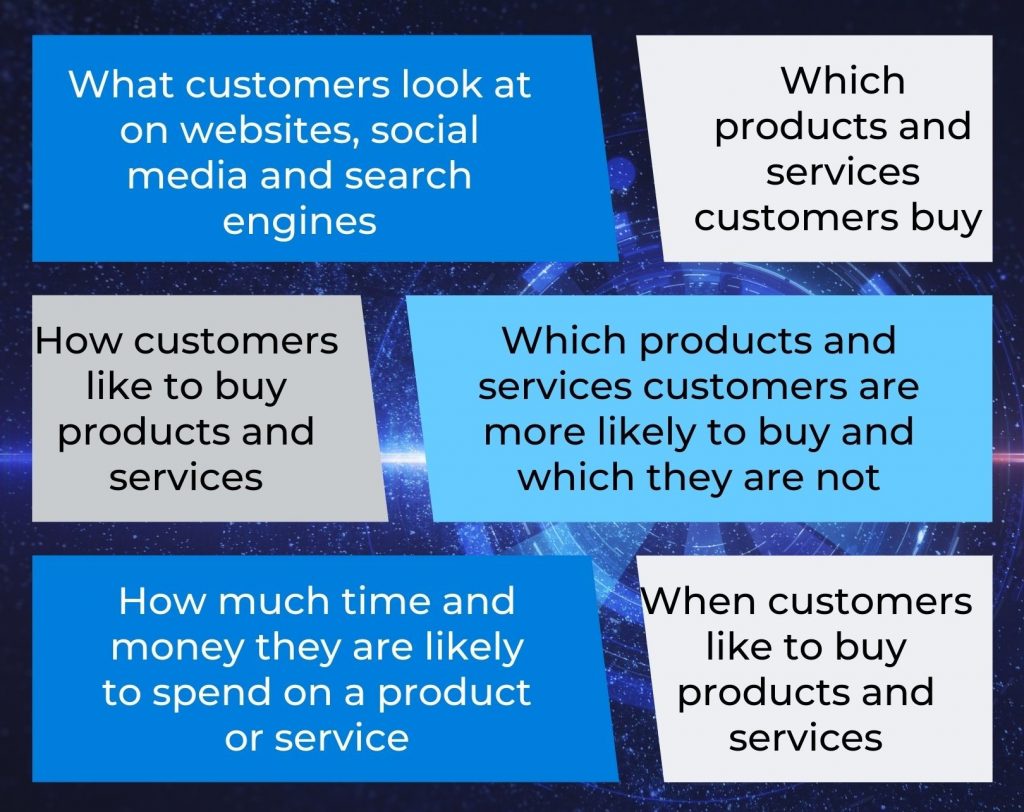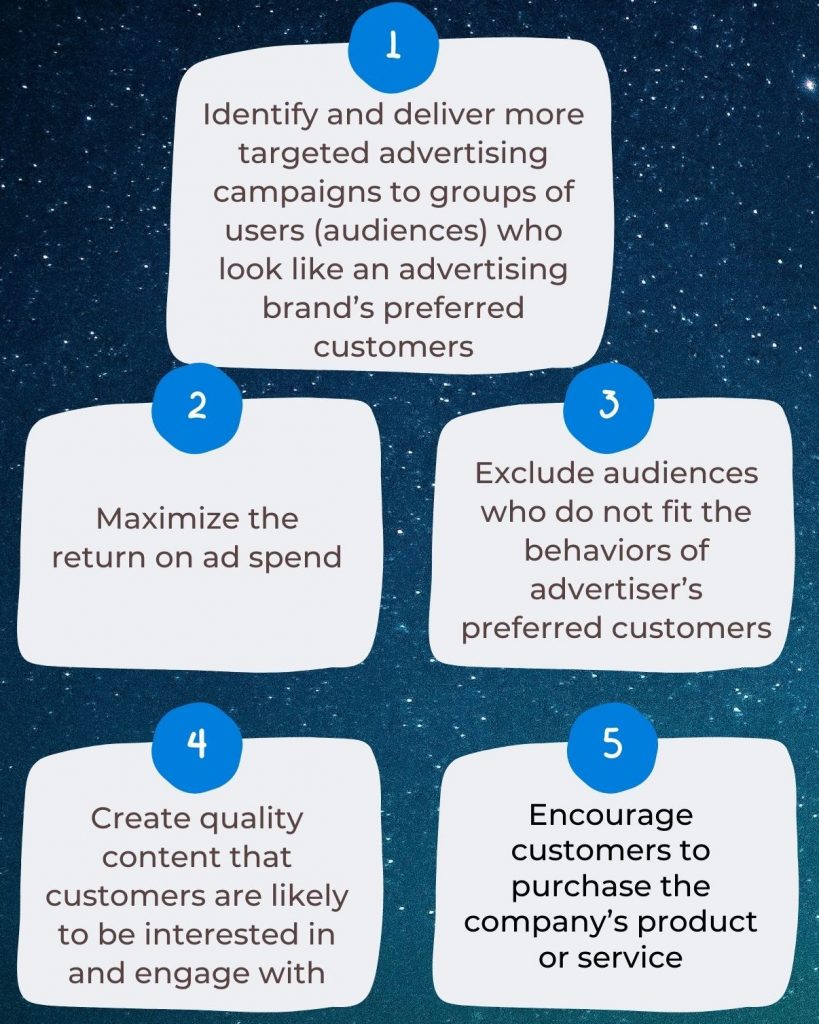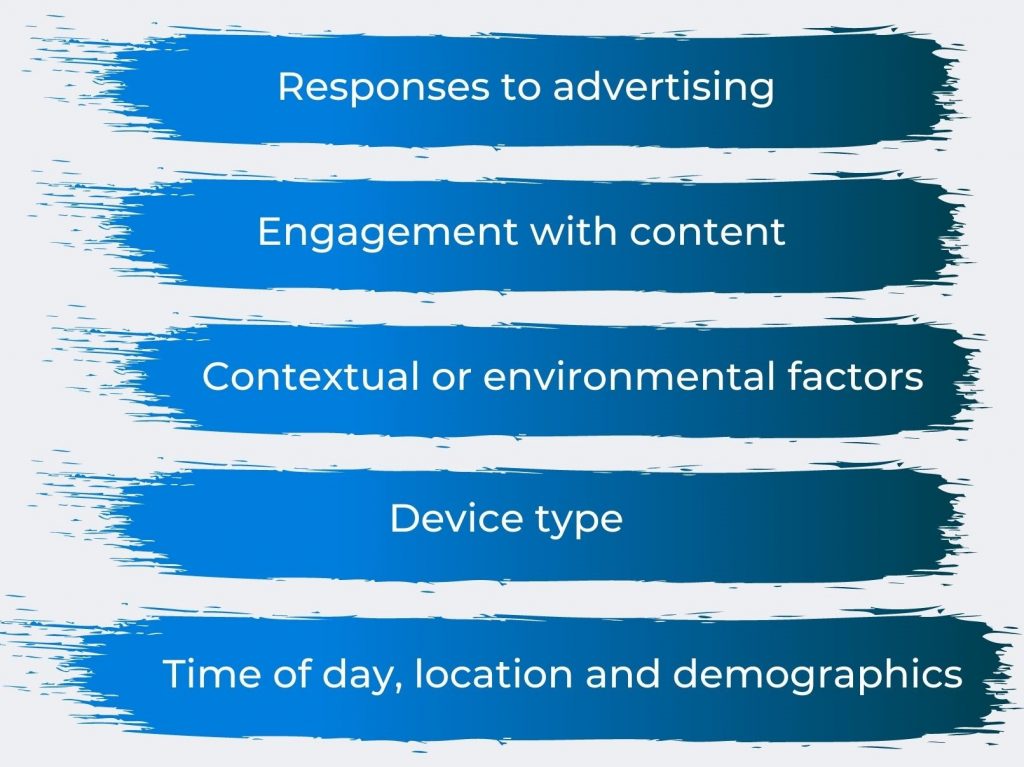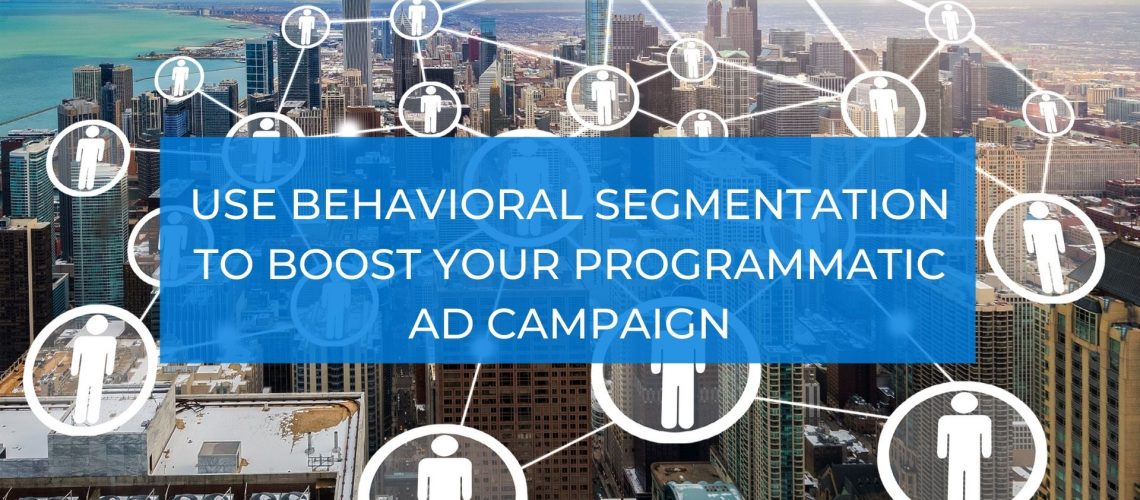What is Behavioral Segmentation?
Behavioral segmentation, or behavioral targeting, is a type of audience segmentation. It is the method of understanding customers by analyzing the actions they take and the interactions they make with companies and brands. This data is then used to divide customers into groups that share similar behavioral patterns. Behavioral segmentation helps marketers and agencies increase the return on their programmatic advertising campaigns by understanding what the needs and interests of the customers are and how they can be best met.
Behavioral segmentation is different from other types of segmentation methods such as demographic segmentation because rather than looking at who customers are, it focuses on what customers do.
Related: Why Demographic Segmentation Should Be Your Go-to Audience Segmentation Tactic for Ad Campaigns
Introduction
When it comes to understanding behavioral segmentation, it helps to look to nature. Have you ever seen birds flock together in an coordinated pattern in the sky? These birds share the same goals and similar behavior patterns. People operate the same way online. They are divided into different groups that share the same goals and do the same things to achieve their goals.
The process by which we observe and seek to understand how customers behave in their digital lives is behavioral segmentation. Marketers use this knowledge to target the right sets of audiences with similar online spending and buying behaviors.
In this article, we explore in detail why behavioral segmentation is useful to marketers and agencies, how AlikeAudience acquires our behavior segments and how it can boost programmatic advertising campaigns for higher Return on Ad Spend (ROAS).
Related: How a Global Food Delivery Service App Achieved 40% Return on Ad Spend
Why is Behavioral Segmentation Useful to Marketers and Agencies?
Behavioral segmentation, a type of audience segmentation, is useful to marketers and agencies because it provides information on:

Marketers and agencies then use this data to:

Understanding the target audience’s online behaviors can also benefit a company’s offline marketing efforts such as product development, pricing, location planning, supply chain and logistics.
How does AlikeAudience Acquire Behavior Segments?
AlikeAudience observes the signals of individual online user behavior by processing billions of data points through mobile devices, credit card transactions, server logs, digital tracking, AdTech, and MarTech platforms. We source our data from trustworthy providers and ensure that it is consumer-consented and complies with GDPR and CCPA. Read more about our privacy policy here.
While there are billions of data points that can be collected online, these are merely raw data points that do not provide a lot of details. AlikeAudience analyzes and aggregates data points to build understandings of the collective behavior of people’s online journeys, interactions and engagements. The outcomes expose and explain the underlying key behavior segments that describe how groups of people behave online.
The models that are used to group online behaviors are called segments. They are applied at a de-identified level so that individual people cannot be recognized, hence protecting their privacy.
The models to group behaviors into segments are usually mathematical models calculated by artificial intelligence or machine learning algorithms. They are probabilistic in nature and help explain past behaviors and predict future behaviors.
Specifically, behavior segments are generated from our models analyzing:

Behavior segments help predict the likelihood of customers buying a certain product, making a transaction or even engaging with new and personalized experiences and content.
How does Behavioral Segmentation Help Programmatic Advertising?
Behavioral segmentation is particularly useful for running programmatic advertising campaigns. By knowing the behavior segments, marketers can effectively target their programmatic advertisements to those that are likely to be interested and are likely to purchase and use their products and services.
Below are some steps that you can take to use behavioral segmentation to help boost ROAS on programmatic advertising:

1. Obtain Behavioral Data
The first step is to obtain behavioral data of customers in a specific market. For instance, if you are an online vendor for designer ladies’ shoes in Oklahoma, you may benefit from data about spending patterns and interests shown on different online shoe vendors’ websites by females in the region.
Marketers can obtain this data through audience targeting tools and by working with AlikeAudience Data Strategists to create custom segments based on purchase history. AlikeAudience provides audience segments from 13 different countries across 1.1 billion global users.
2. Create Brand-Specific Personas
After having insights on the behaviors of the target audience, marketers can then create personas, which are representations of their ideal users. For instance, following the online shoe vendor example, the brand’s persona might be a 30-year-old female who works as a marketing manager and is looking for high-quality shoes that she can wear to work. She usually spends about US$50-$100 on shoes and tends to be a more logical buyer than an impulse buyer. This is one of the personas that the company’s marketers want to reach through their programmatic advertisements.
Understanding more about the behaviors of the target audience can assist greatly in drawing up personas. You can use the behavioral data that you’ve collected to create two or three different personas that are your ideal customers.
3. Develop Persona-Specific Campaigns
Marketers can then use the personas and their behavioral data to develop specific programmatic advertising campaigns that target customers fitting the personas. For example, for an online designer shoe vendor, one of the ways that the company can segment customers is based on how much they spend on shoes. Then, based on the behavioral segment data that they have, they can develop a programmatic advertising campaign that targets the customer segment that spends between the price range of US$50-$100.
Marketers can develop multiple persona-specific advertising campaigns to fit the needs and desires of their target customers.
4. Track the Progress of Each Campaign and Adjust your Strategies
It’s important to track each ongoing advertising campaign’s progress by reviewing key performance indicators (KPIs). KPIs measure the performance of a campaign against a long-term or a short-term goal or objective. For campaigns that are not reaching their goals based on an analysis of KPIs, behavior segment data can help marketers adjust their strategies to improve the campaigns. Don’t forget to distribute your budget across different channels to track which channel performs the best.
Conclusion
We’ve covered how behavioral segmentation, a type of audience segmentation, helps marketers and agencies and their programmatic advertising campaigns. In short, behavior segments help identify past, current and future behaviors of customers and marketers and agencies can use this data to create personas, target the right audience through programmatic advertisements and boost ROAS.
With today’s change and disruption in the world of targeted digital advertising, AlikeAudience continues to be a leader amongst a group of like-minded players in the ad tech ecosystem who are passionate about collaborating and innovating new behavioral targeting tools. Through our extensive audience segment data and analysis, we can help you deliver targeted digital advertising campaigns with a higher return on investment than ever before.
Ready to turbocharge your return on ad campaigns? Book a data strategy session with us now.


